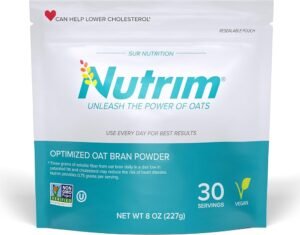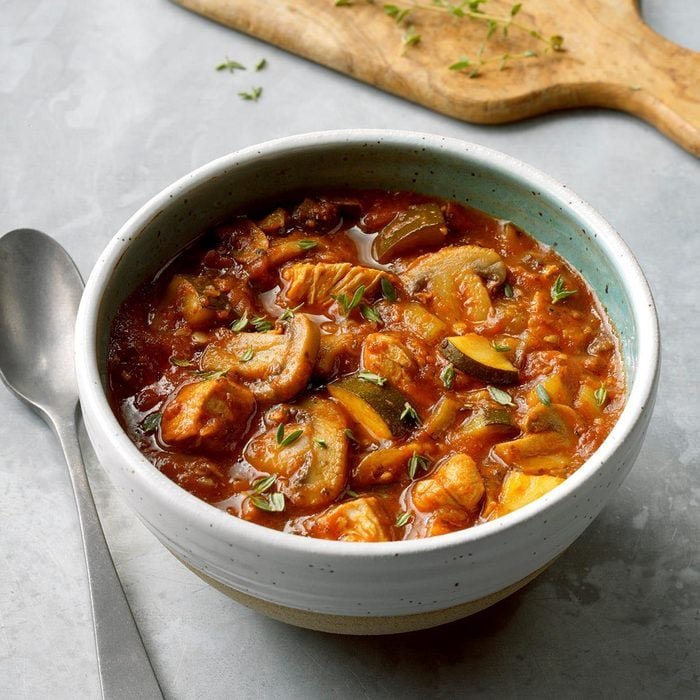Pink Himalayan Salt Benefits
Exploring Himalayan Pink Salt: Benefits and Uses
Himalayan pink salt, renowned for its distinctive rosy hue, is a natural rock salt extracted from the ancient salt deposits in Pakistan’s Khewra region. Often celebrated for its mineral content and aesthetic appeal, this salt is used in culinary, therapeutic, and decorative applications. While it shares similarities with table salt, its unique properties and minimal processing spark curiosity about its potential health impacts. Below, we dive into its composition, uses, and considerations for incorporating it into your lifestyle.
Nutritional Profile of Himalayan Pink Salt
Himalayan pink salt is primarily composed of sodium chloride, much like table salt, but its allure lies in the presence of trace minerals such as potassium, calcium, magnesium, and iron. These minerals contribute to its signature pink color and are often marketed as health-enhancing. However, the quantities of these minerals are minimal, making it unlikely to significantly boost your nutritional intake. For context, a quarter teaspoon of Himalayan pink salt contains approximately 420 milligrams of sodium, slightly less than the 590 milligrams found in the same amount of table salt due to its coarser texture.
Health Benefits: Fact or Fiction?
Sodium is essential for maintaining fluid balance, transmitting nerve signals, and supporting muscle function. Himalayan pink salt provides these foundational benefits, similar to other salts. However, claims about its superior health advantages lack robust scientific backing. Preliminary studies suggest that spending time in Himalayan salt caves may alleviate symptoms of respiratory conditions like asthma or COPD, but these findings are not conclusive. The trace minerals, while present, are too scarce to deliver noticeable health improvements, meaning Himalayan salt’s benefits are comparable to those of regular salt.
Culinary and Non-Culinary Applications
Himalayan pink salt is a versatile ingredient that elevates both flavor and presentation. In the kitchen, it can season dishes, enhance marinades, or add a savory touch to grilled foods when used as a salt block. Beyond cooking, its uses include:
-
Bath Salts: Infused in baths, these salts are said to soothe sore muscles and improve skin conditions, though evidence is limited.
-
Salt Lamps: These decorative pieces, illuminated from within, are believed to purify air, but scientific support for this claim is weak.
-
Salt Caves: Artificial caves made of Himalayan salt are marketed for respiratory and skin benefits, yet research remains inconclusive.
These applications make Himalayan pink salt a multifaceted addition to both homes and wellness routines, even if their therapeutic effects are not fully substantiated.
Himalayan Salt vs. Table Salt: Key Differences
While Himalayan pink salt and table salt both consist mainly of sodium chloride, their processing and origins differ. Table salt is heavily refined and often fortified with iodine, a critical nutrient for thyroid health. Himalayan salt, minimally processed, retains its natural mineral content but lacks iodine, which may be a concern for those with low iodine intake, such as pregnant individuals or vegans. Sea salt, another alternative, shares a similar natural profile but varies in mineral composition. Choosing between these salts depends on dietary needs and flavor preferences.
Who Should Limit Himalayan Salt Use?
Himalayan pink salt should be consumed cautiously by individuals with specific health conditions. Those with kidney, heart, or liver issues, or those on sodium-restricted diets, should monitor their intake of all salts, including Himalayan. Excessive sodium consumption—beyond the recommended 2,300 milligrams daily (about one teaspoon of table salt)—can strain the kidneys, increase fluid retention, and elevate risks for:
-
High blood pressure
-
Heart disease
-
Stroke
-
Kidney damage
-
Liver issues
-
Obesity
Additionally, because Himalayan salt lacks iodine, individuals at risk of deficiency, such as those avoiding dairy, eggs, or seafood, may need to rely on iodized table salt or other iodine-rich foods to support thyroid function.
Incorporating Himalayan Salt Safely
Moderation is key when using Himalayan pink salt. Combining it with iodized table salt can balance flavor and nutritional needs, ensuring adequate iodine intake. For those intrigued by its aesthetic and culinary versatility, Himalayan salt can be a delightful addition to meals or home decor, but expectations of significant health benefits should be tempered. Consult a healthcare provider if you have concerns about sodium intake or iodine deficiency, especially if you have underlying health conditions.
Conclusion
Himalayan pink salt, with its vibrant color and ancient origins, offers a unique alternative to traditional table salt. While it contains trace minerals and serves various culinary and decorative purposes, its health benefits are not substantially different from those of other salts. By using it thoughtfully and in moderation, you can enjoy its flavor and versatility while maintaining a balanced diet. For personalized advice, especially regarding sodium or iodine needs, a healthcare professional can provide tailored guidance.
💡 Frequently Asked Questions
Is it Okay toward take in Himalayan salt just about every working day?
Answer coming soon. We are working on detailed responses to this common question.
Who Must Not Employ the service of Himalayan Salt?
Answer coming soon. We are working on detailed responses to this common question.
⭐ Expert Tips
- Include seasonal or trendy variations to keep your meals exciting.
- Highlight prep shortcuts or time-saving techniques for busy cooks.
- Consider dietary restrictions and include substitution suggestions.
✅ Key Takeaways
- These dinner ideas are perfect for impressing guests or enjoying special occasions.
- Choose recipes that match your skill level and available kitchen tools.
- Presentation and taste both contribute to a memorable dining experience.
📣 Join Our Community
Want more inspiration like this? Subscribe to our newsletter for weekly dinner ideas and cooking tips!






